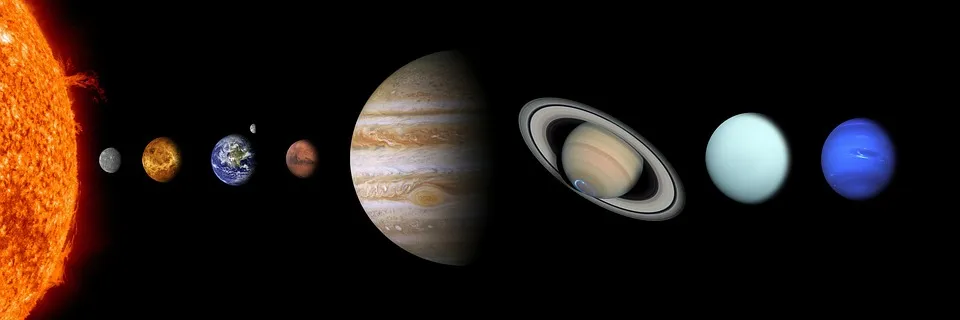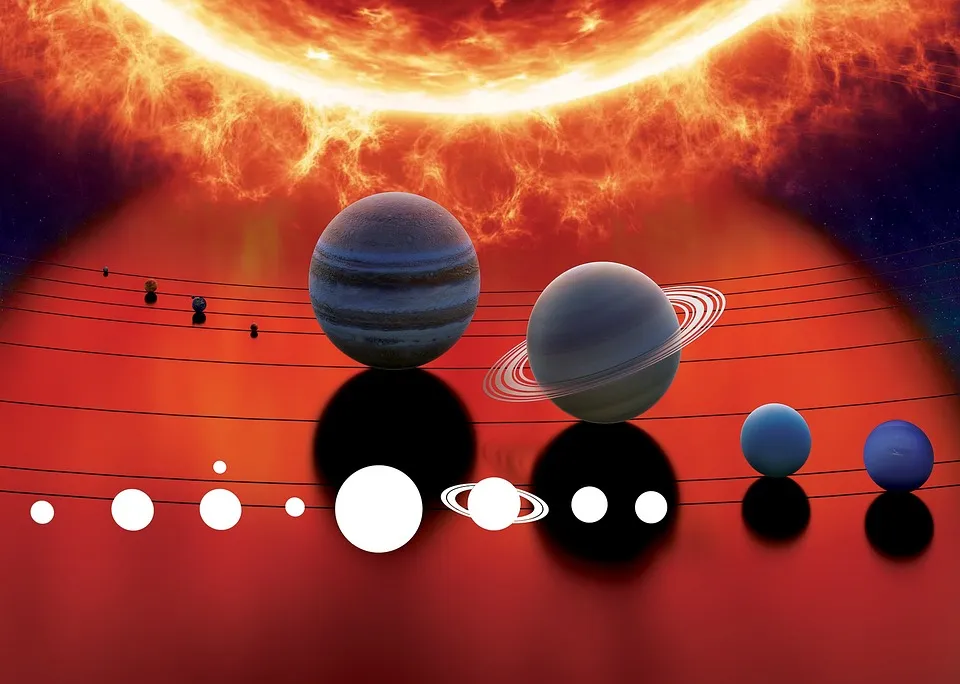
Back in the past is something we can not do to track how the Sun and the whole planet are formed. The best way to learn about star and planet formation is by looking at other planetary systems.
This is done by a team of astronomers who studied the young star system to learn how multi-star systems can form. not only that. By studying the young stars, astronomers can also study how gaseous disks and dust around stars can form. It is this disk that becomes the material reservoir for planetary formation.
The observations were made with the Very Large Array (VLA) radio telescope on nearly 100 young stars as part of the VLA Nascent Disk and Multiplicity (VANDAM) survey program. Astronomers observe the protostar in the Molecular Cloud of Perseus which is 750 light-years away for 264 hours from 2013-2015.
Molecular Clouds Perseus is a giant cloud of gas and dust that becomes a star-birth trough. This cloud is very large and has enough material to form 10000 new stars. A giant laboratory to study the evolution of stars and planets.
The results were then used by researchers to study newly born young stars in molecular clouds of Perseus.
Star Formation

Credit image = pixabay
The first team led by John Tobin from the Leiden Observatory, the Netherlands studied these young stars and concluded there were 2 mechanisms for the formation of multi-star systems. And these young stars can also be grouped into 2 categories based on the distance between stars in the system.
For closed systems, the stars are separated about 75 times the distance of the Earth - the sun or 75 AU. Another further group, the distance between stars in the system can reach 3000 AU or 3000 times the distance of the Earth - the Sun. Another thing they found, more than half a young star is not a single star. In other words, star formation tends to produce a multi-star system and not a single star.
How is the process of establishing a multi-star system? There are several theories that have been proposed. And the observations on these young stars give an indication that the distance between stars can give a clue which theory is generally accepted in the formation of the multi-star system.
Stars are formed in gigantic clouds of gas and dust that have collapsed in gravity. Stars begin to form in the center while the remaining material forms a rotating disk around the young star. Once the mass collected by the newly formed young star has sufficient temperature and pressure at the center, thermonuclear reactions begin. While the disk formed around the star becomes a material reservoir for the planet to be formed.
That's a star formation in general. Well, the multi-star system whose distances are very distant, they are formed from a larger cloud of turbulence. While the system is closer to the distance of its stars, it is formed from fractions within the material disk orbiting the first prototypes.
Another discovery of this team, the older system turned out to have only a few multi-star systems with a very long distance interstellar distance, when compared with the young prototype group. It is thought that systems with distant stars are not really gravitationally bound so it would be easy for the stars to break away and become a single star.
Planet Formation

Credit image = pixabay
The other team, led by Dominique Segura-Cox from the University of Illinois. In this study, they found that the dust disk around the prototype was larger than the theoretical model predicted. The presence of this disc is obviously very important for the formation of the planet or even for the formation of other star pairs.
When the protostar is formed in the center of the cloud or when the material collapses and forms a young star. When the material collapses and is pulled to the star, the magnetic field also participates. As a result, the magnetic field becomes stronger when concentrated near the star. But when the magnetic field is parallel to the axis of rotation of the star, the rotation of the disk may be slowed and the size of the disk may also be limited. Theoretically, this modeling is called magnetic braking. When magnetic braking occurs, the gas and dust disks will be limited to a radius of 10 times the Earth-Sun distance. Or arrive at the Saturn area.
Found by Dmonique and his team is much larger than modeling. The disc in the young star is 15 to 30 times the distance of the Earth - the Sun. Even suspected dust disk around the young star there is a greater. This is due to the magnetic field and the axis of rotation that is not parallel to some star systems. As a result, the magnetic braking effect is reduced.
Observations of dust disks on young stars also show the existence of all the necessary lemen for the formation of planets already existed since the early life of stars. And small particles (several centimeters) also already exist on the disk that is also very young age. What implication? The formation of a solid object or planet can occur quickly. And this also gives implications for the formation of a giant gas planet that must occur quickly before the material on the disk disappears.
Reference :
- https://public.nrao.edu/news/star-and-planet-formation/
- https://en.wikipedia.org/wiki/Star_system
- https://planetplanet.net/2016/04/13/building-the-ultimate-solar-system-part-6-multiple-star-systems/
- https://en.wikipedia.org/wiki/Binary_star
